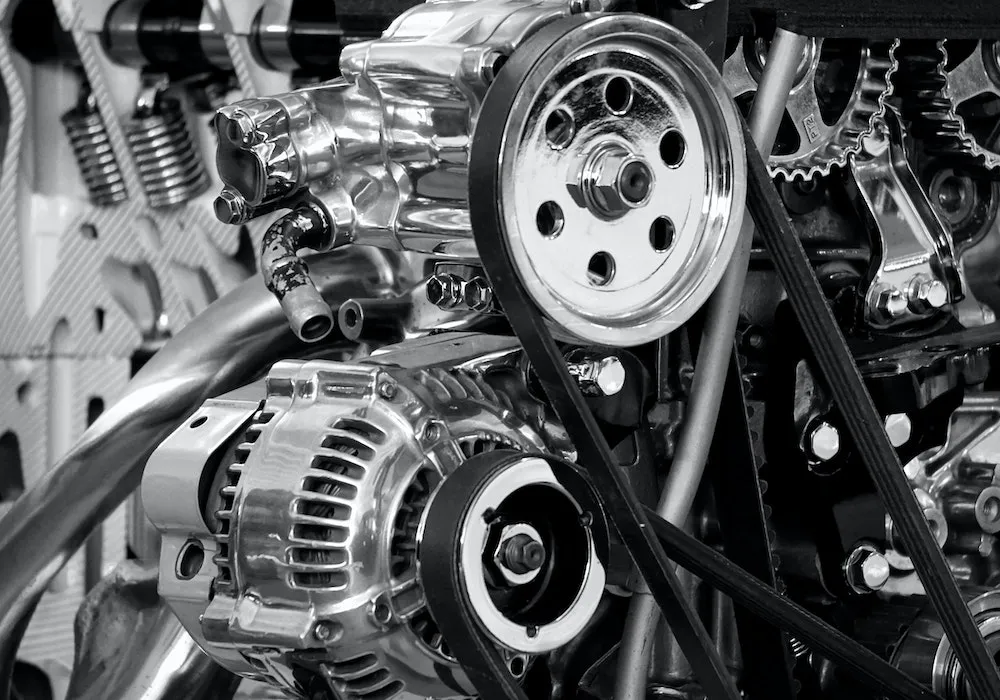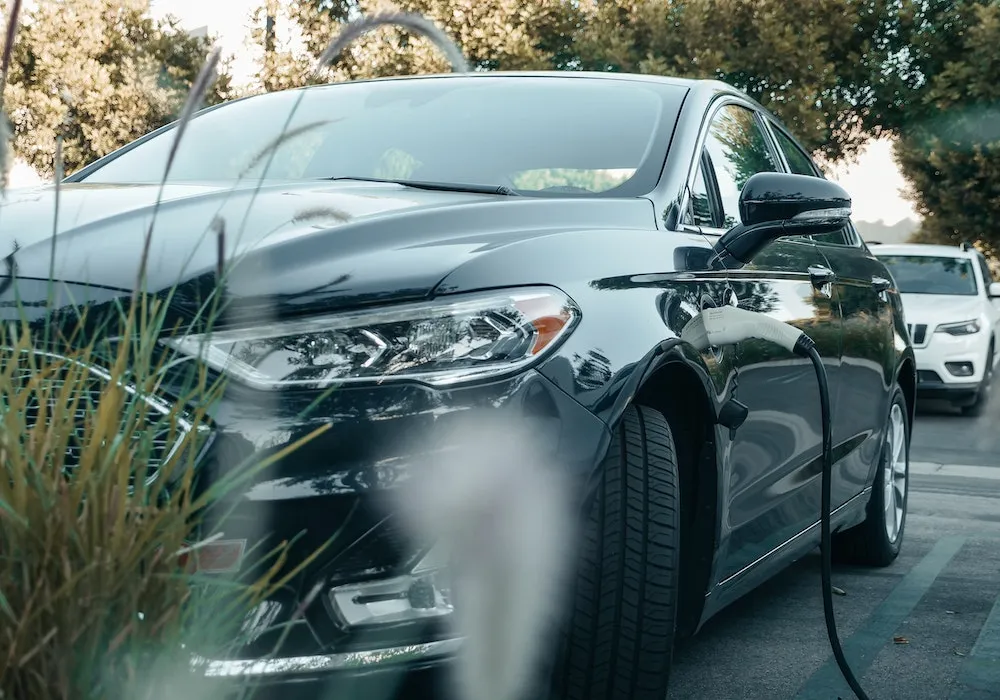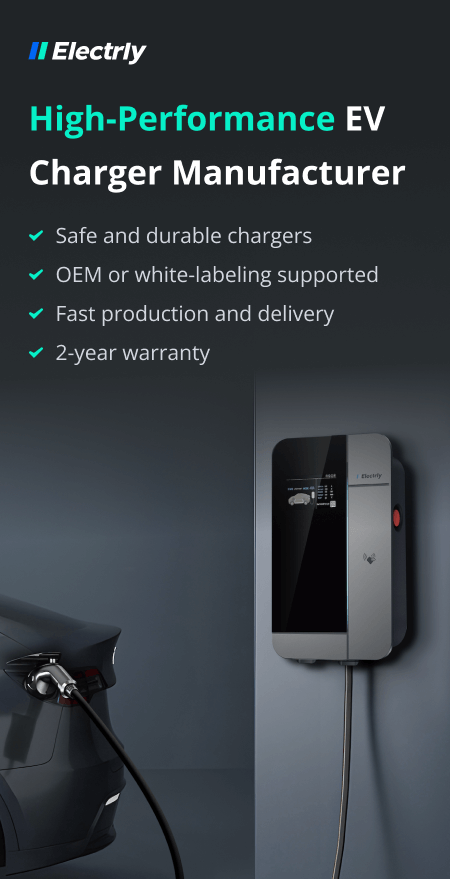When it comes to choosing a car charger, you may be faced with two options: AC or DC. What's the difference between these two types of car chargers, and which one is right for you?
I. What is a hybrid electric car?
You can think of hybrid cars as the ultimate multitaskers of the automotive world. The reason is that they use both electric motors and combustion engines to power hybrid cars. But what’s interesting is how these two parts combine to power these vehicles and how it forms the basis for their classification. But, in simple terms, the process is such that the electric motors take the lead. Once the power stored in the battery is depleted, the gasoline engine kicks in. However, you should remember that the electric motors are limited in speed and only the fossil-fueled engine part of the hybrid car can function when at higher speeds.
II. How Do Hybrid Electric Cars Work?

source: pexel.com
Knowing the internal workings of your hybrid electric car can give you a better understanding of how to maintain its process so that it keeps functioning optimally for a long time. It also allows you to appreciate the technological advancement that has gone into the manufacturing of your hybrid car.
The fact is electric motors and fossil-fuel engines are the two functional parts of hybrid cars. Hence, a central control mechanism helps coordinate the switching process between the two systems. Also, the electric part monitors the recharging process for the battery to ensure optimal charging. Since these systems can stand alone as well as together, there is a monitoring system to indicate to the driver which system is in operation. The ICE and EV modes for the gasoline engine and the electric motor systems, respectively.
Furthermore, braking technology helps convert kinetic energy into electric energy while braking. This system also helps to store the converted energy in the battery. It is like having a solid duo of silent but powerful electric motors and a trusty internal combustion engine. Together, they work harmoniously to power the car, like a superhero team.
III. What is an electric car?
Electric cars, or EVs, are unlike traditional ones that run on fossil fuels. They run solely on electricity, with batteries as fuel, which they need to recharge regularly. Various EV charger manufacturers provide different chargers used to charge the battery. Unlike traditional vehicles, EVs don’t refill their tanks at gas stations. Instead, they’re charged by plugging into an electric charging station, also known as an EVSE.
Based on factors like battery charge level, size, and the charging station used, the charging time for EVs can vary from minor to very significant. However, one thing is for sure, EVs are still the eco-friendliest alternative in the automotive market for transportation that is void of emissions and reliance on fossil fuel.

source: pexel.com
IV. Types of Hybrid Cars
In the automotive industry, you’ll find various types of hybrid cars with individual differences in composition. However, the three main types of hybrid cars are:
- Parallel hybrids: The most popular kids on the hybrid block. These hybrids use the seamless synergy between electric motors and fossil fuel engines to their advantage. They’re connected to the transmission and can perform together like a symphony or independently, depending on the situation. The electric motor provides a little extra when needed, while the internal combustion engine takes over at higher speeds, like a baton pass in a relay race.”
- Series hybrids: Think of this type of hybrid like a power couple where one partner takes the lead, and the other only supports the lead in the responsibility. The primary partner here is the electric motor which ensures the movement of the vehicle. On the other hand, the internal combustion engine only supports generating power to charge the batteries.
- Plug-in hybrids: This type is the long-distance runner in the hybrid race. Their large battery capacity helps to keep them going for longer than the parallel or series hybrids before needing a switch to the gasoline engine. What’s more, you can simply plug them in and charge them like a regular electric vehicle, increasing their all-electric driving range, like a pit stop at a water station.
And as if these three types aren’t enough, there are still micro hybrids, mild hybrids, and strong hybrids to consider.
- Micro hybridsassist the internal combustion engine with a small starter-generator and recover energy during braking.
- Mild hybridsuse a small electric motor and battery to assist the internal combustion engine but can’t drive on electricity alone.
- Strong hybridsuse a more powerful electric motor and a larger battery to assist the internal combustion engine and can drive on electricity alone for short distances.
In the end, it all boils down to three important things: your requirements, budget, and personal preference.

source: pexel.com
V. What’s the difference between Hybrid and Electric Cars?
Hybrid and electric cars are like the apples and oranges of eco-friendly transportation. At first glance, they may seem similar, but beneath the surface, there are some fundamental differences.
Hybrid cars have a backup plan in the form of gasoline or diesel fuel which can take the baton from the battery-powered motors and continue moving. On the other hand, electric cars need to plug into a charging station with a charger often supplied by top EV charger companies to refuel.
Again, Hybrid cars are like a power duo, using both an electric motor and an internal combustion engine to get the job done. Electric vehicles, on the other hand, are like solo performers, relying solely on electricity to make things happen.
Another difference is hybrid cars have a more extended range, thanks to the help of that internal combustion engine, while electric cars need to recharge more frequently. But don’t count out the plug-in hybrids. They have a larger battery capacity and can run on electricity alone for a longer distance before switching to the internal combustion engine.”
The charging time is yet another difference. Electric cars require more frequent charging and sometimes need a portable electric car chargerwhere there are few charging stations. Hybrid cars do not need to be charged as often as electric cars, but when they do need to be charged, it typically takes longer than an electric car.
Finally, the cost of the vehicle is different. Electric cars are typically more expensive than hybrid cars due to the cost of the battery and the lack of availability of charging stations.
VI. What are the Advantages and Disadvantages of Hybrid Cars?
Hybrid cars are a unique blend of traditional gasoline-powered and electric cars, offering a unique set of advantages and disadvantages. Some benefits of owning a hybrid car include the following:
- Better fuel economy: The gas mileage for hybrid cars is way better than their traditional counterparts on account of combining the fossil fuel engine with electric motors.
- Reduced carbon emissions: Most traditional cars release more emission when in traffic which is where hybrid cars shine as they generally utilize their electric motors during moments of slow movements.
- Innovative braking systems: The ability to convert unused kinetic energy into electric energy with the use of regenerative braking systems makes hybrid cars more efficient.
On the other hand, hybrid cars also come with certain drawbacks:
- Higher upfront cost: The one-time purchase cost required when in the market for a hybrid car often discourages many would-be owners by reducing the access to hybrid cars.
- Reduced all-electric driving range: The Hybrid is often referred as a mini electric vehicle and as such has less of the functionalities and advantages of the full electric vehicle, including a reduced driving range for its electric part.
- Limited charging options: Unlike electric cars, which can be charged through a charging station, most hybrid cars are charged through regenerative braking and the internal combustion engine.
Conclusion
Electric cars and hybrid cars are two peas in an eco-friendly pod. Sure, they may look alike, but they have some significant differences. One’s pure electric, and the other’s a gas-electric hybrid. One’s got a short range, and the other’s got a longer one. One charges in a flash, and the other takes time to get something significant. Also, remember the cost, one’s a bit pricier than the other. In all of these differences, both are making significant strides in technology and affordability, making them more accessible to everyone. So, whether you’re a first-time car buyer or a seasoned pro, remember these eco-friendly options are worth considering.

